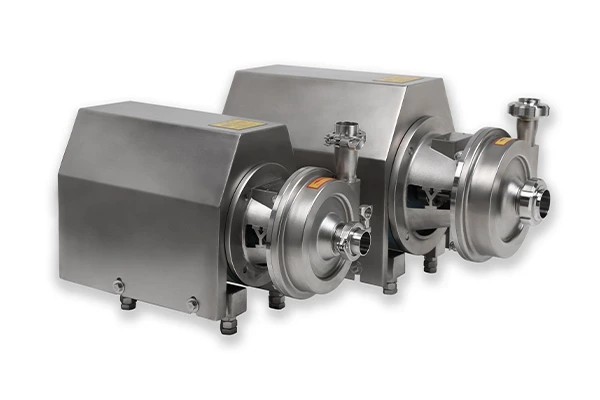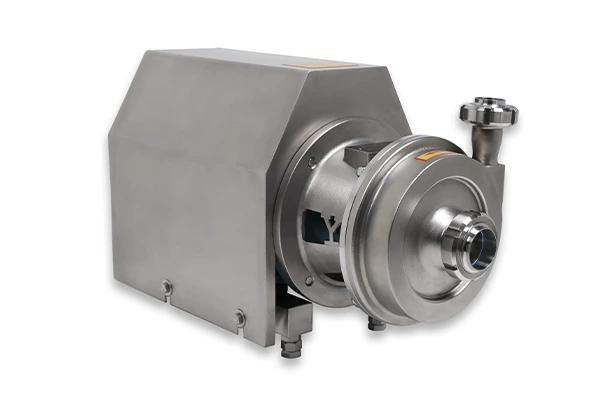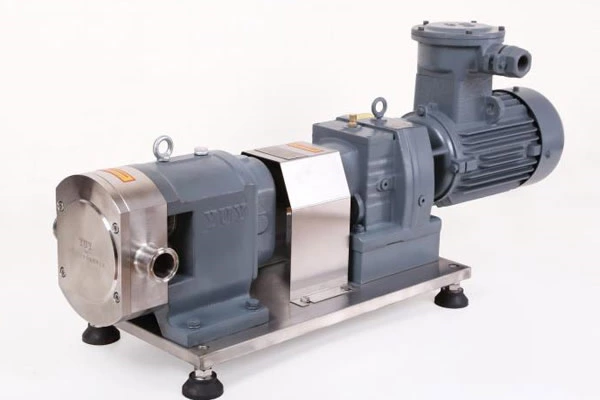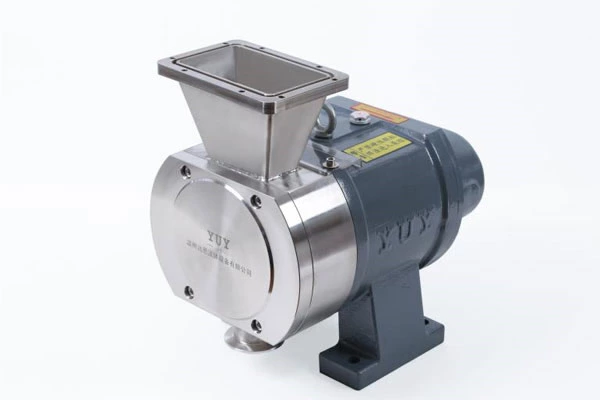The Choice Of Pump Impeller Determines The Improvement Of Sewage Pump System Efficiency
Channel Impeller (aka High Head Closed Channel Impeller) Channel Impeller
A channel impeller acts directly on the Sanitary Centrifugal Pump pumped liquid, which passes through the impeller itself. It can be described as a closed, semi-open or open impeller. The impeller can have one or more channels of varying sizes, allowing free passage of impurities up to a specific size. Liquids with high sand content can cause clearance problems, but if correctly specified, this impeller type can have efficiencies as high as 80-85%.
Application: Channel impellers are commonly used for sewage and stormwater, especially where high flows and heads are required. Pumping stations are used where the flow of liquid between tanks is problematic, such as pumping sewage into a drainage system, learn more about pumping stations.
Vortex Impeller
Vortex impellers produce rotating water, forming a vortex. The advantage of vortex impellers over channel impellers is that the risk of clogging is minimized. They are also a better choice when the liquid being pumped for sewage contains a lot of sand. The efficiency of pumps with vortex impellers is generally lower than that of impellers with vortex impellers.
Application: Vortex impellers are commonly used for sewage and stormwater, especially when dealing with high sand content.
Grinder impellers
Grinder impellers are typically found in centrifugal pumps with a grinding system at the pump inlet, cutting larger particles and fibres into a homogenous wastewater. This reduces the risk of pump blockages and minimises pipework.
Grinder impellers are ideal for pump systems with smaller pipe diameters, where flow rates are typically lower, however, this impeller type is not suitable for pumping media with a high sand content and consists of more wear parts, thus requiring additional ongoing maintenance and spare parts. Maintaining the pump is very important.
Application: Grinder impellers are typically used in wastewater treatment when the head is high or for small pipe sizes.
S-tube impellers
One of the biggest challenges facing the wastewater industry in recent years has been deciding whether to choose a sewage pump that offers energy-efficient performance or free passage. The Grundfos S-tube® is the only impeller available on the wastewater market that does not compromise hydraulic efficiency or free passage through the pump, with no cutting or shifting features that wear over time, ensuring superior efficiency is consistently delivered over time.
The S-tube impeller is a tubular impeller placed in a sewage pump casing that matches the smooth tube shape of the entire pump, with no obstructions or dead zones passing hydraulically.
Application: S-tube impellers are commonly used for sewage and wastewater.
Screw Impellers
The helical impeller has gentle operating characteristics combined with a particularly large free passage as well as excellent solids handling capabilities, which allows it to be used in a wider range of applications. The impeller consists of a single spiral blade that forms a long slow turn from the axial inlet to the radial outlet, and this design provides optimal hydraulic performance.
The helical impeller is very capable of sewage pumping raw unscreened sewage and can comfortably handle sludge and mud. Its application is very flexible, and the impeller provides efficient handling of a range of liquids, which are generally highly abrasive and even corrosive.
Application: Helical impellers are commonly used for solids handling, pumping sticky sludge, handling fragile or low shear products, and chemical and corrosive applications.
Propellers
Propellers are used to pump large volumes of water at low heads. Both propellers and impellers provide thrust, but do so in different ways. A propeller "impeller" is actually a fan that pushes the fluid against it. The traditional type of impeller is a rotor that creates suction. These can easily be confused with agitators or mixing devices.
Applications: Propellers are commonly used for water skiing and river dewatering.
Mixed flow impeller
The term "mixed flow" describes a direction that is intermediate between axial (along the axis) and radial (perpendicular to the axis). In the case of a centrifugal pump, the term "mixed flow" means that the fluid flowing in the impeller is transported in a semi-axial direction. The design creates pressure and head through both centrifugal and axial forces. Mixed flow impellers are also known as diagonal impellers.
Application: Mixed flow impellers are usually used when high head and high flow installation are required
To summarize: There are many types of water pump impellers. Only by choosing accessories and caliber sizes suitable for the pump itself can the system efficiency be maximized. The shapes and sizes of impellers of different models are also very different. Therefore, it is recommended to first understand the sewage pump model when purchasing, and then choose the appropriate water pump accessories!











